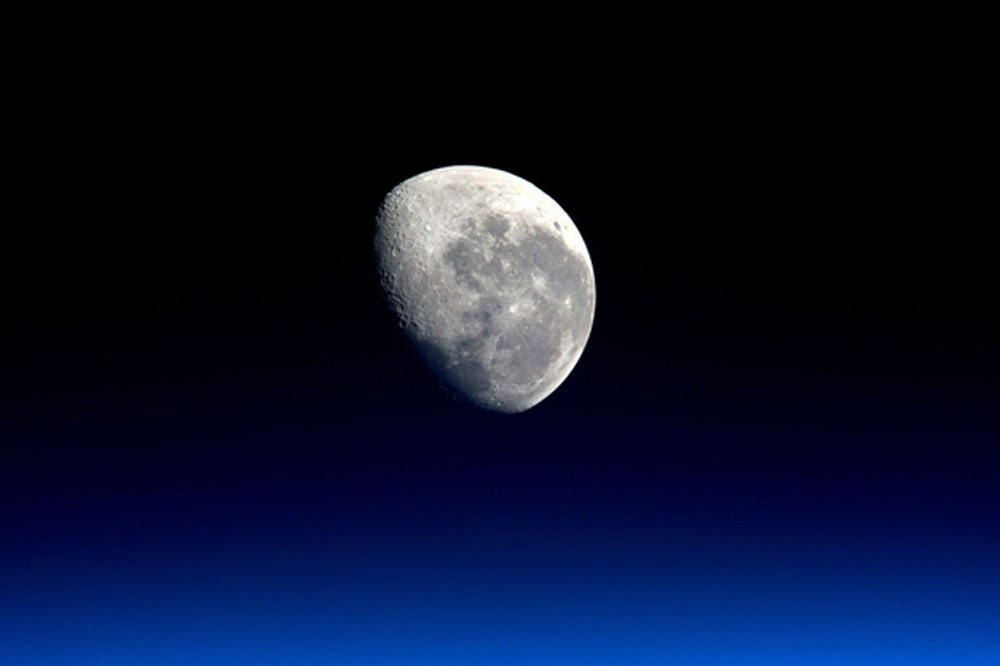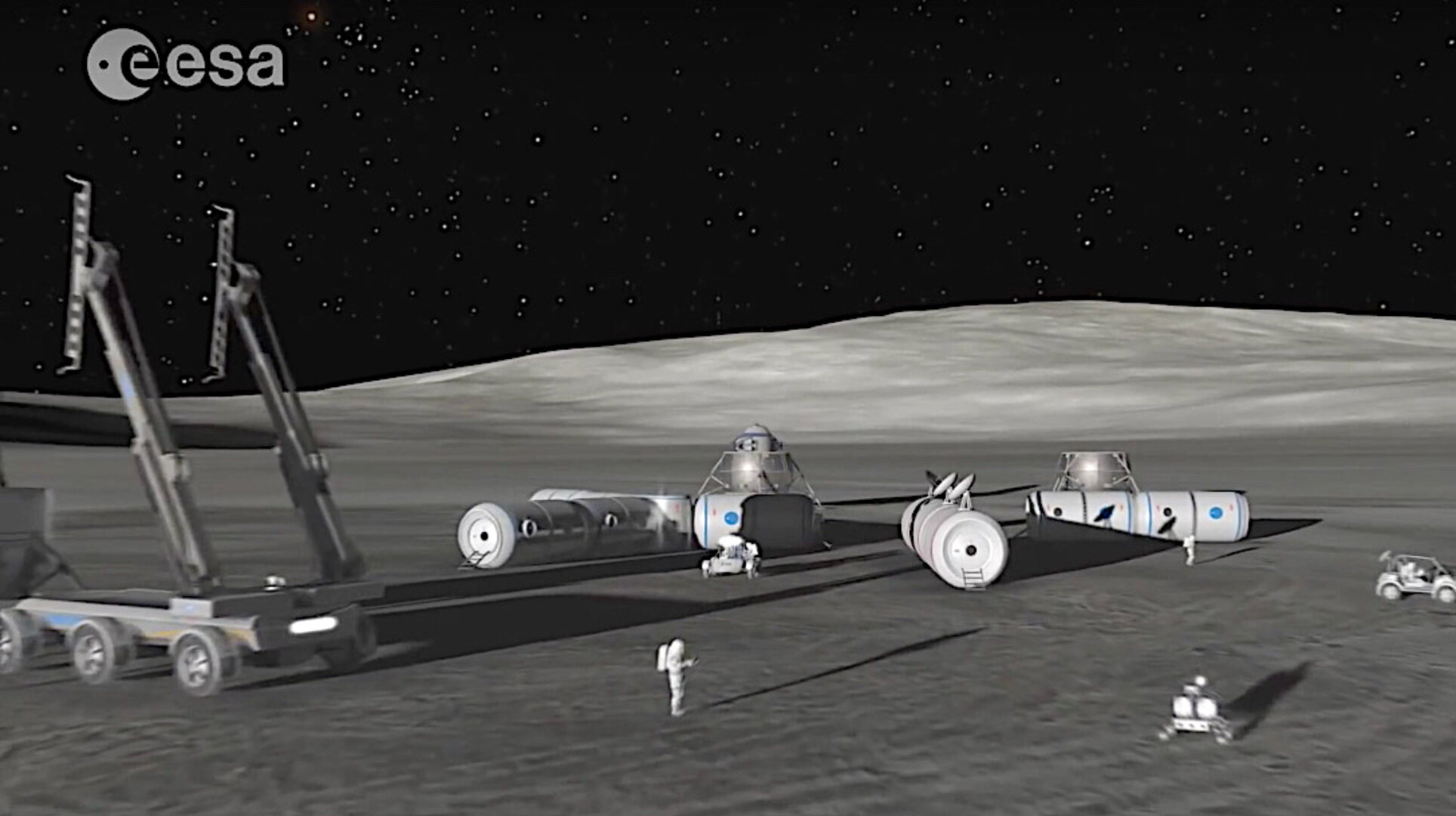
First, individual landers will descend to the lunar surface near Shackleton Crater, at which point they’ll each deploy inflatable modules. Such a find nearby could provide residents of Moon Village with drinking water, breathable air, and a potential source of rocket fuel, as long as we have the means to unlock it.Īccording to the plan, Moon Village will be built in incremental steps. This means it’s the perfect place to hide valuable, sunlight-sensitive volatile resources like water-ice. In addition to copious amounts of available sunlight, at about 2.5 miles (4 kilometers) deep, the floor of Shackleton Crater is constantly cloaked in shadow. In particular, they want to target somewhere close to the rim of Shackleton Crater, which boasts areas that are almost perpetually bathed in sunlight - ideal because it provides an ample source of energy via the tried-and-true technology of solar panels. “The goal of the organization is to go beyond space, to go beyond the stars,” said Reibaldi, “because this is a step for all humanity, and nobody needs to be left out.”Ĭurrently, stakeholders plan to build Moon Village near the lunar south pole. Instead, Moon Village aims to be a collaboratively designed and expandable permanent lunar settlement that can serve as: an innovative research hub for industry and academia alike an otherworldly destination for commercial travelers and a proving ground for future crewed bases on Mars and beyond. Moon Village is not just going to be another International Space Station on the Moon, said Senior Space Policy Adviser and President of the Moon Village Association, Giuseppe Reibaldi, in a presentation. Working closely with the ESA, the purpose of MVA is to foster collaboration between nations and organizations spread all over the world - especially in developing countries - to help bring visions of a permanent lunar base to fruition. Though Woerner’s comments gave the Moon Village concept its initial momentum, since then, much of the cooperation and planning for the lunar outpost has been spearheaded by the Moon Village Association (MVA), a non-governmental organization with about 150 members spread across nearly three dozen countries. “This Moon Village should mean partners from all over the world contributing to this community with robotic and astronaut missions and support communication satellites.” “A Moon Village shouldn’t just mean some houses, a church, and a town hall,” he said at the time.


The project, dubbed Moon Village, first made headlines back in 2015, when the newly appointed Director General of the ESA, Johann-Dietrich Woerner, told the BBC about his vision.


 0 kommentar(er)
0 kommentar(er)
